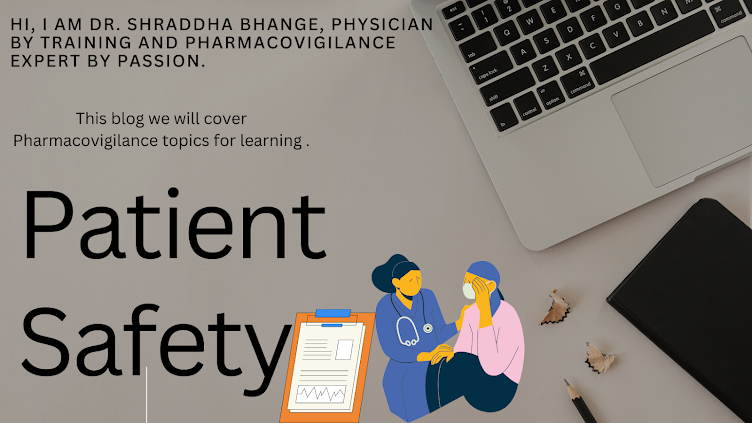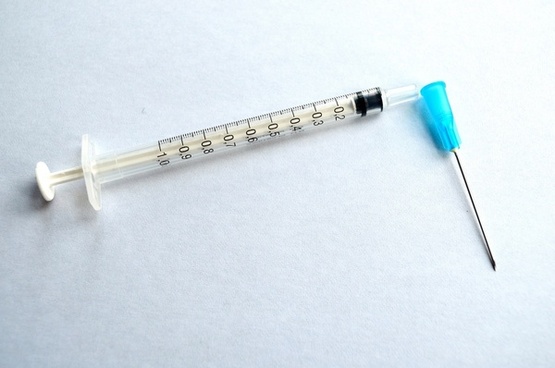In my last 2 blogs, we covered what are vaccines, challenges, benefits and key differences in vaccine pharmacovigilance. This is last blog on vaccines where we will see some interesting facts about vaccines.
- We have only approx. 30 vaccines meaning only 30 diseases can be prevented as opposed to more than 20 thousand drugs.
- WHO Recommends 15 vaccines currently for routine vaccination and 10 for selected usage.
- UIP of India has 11 vaccines in the program such as BCG,OPV,HEP B, Pentavalent vaccine (dipt,tetanus,pertussis,Hib and hep b),rotavirus, Pneumococcal Conjugate Vaccine, Fractional Inactivated Poliomyelitis Vaccine, Measles/ MR vaccine, Japanese encephalitis vaccine, DPT booster and Tetanus toxoid.
- First vaccine used via inoculation since 1000 CE in China,India,Africs and Turkey but first vaccine discovered by Edward Jenner for small pox in 1796 and six years later was given to a 3-year old girl in Mumbai, first Indian person to receive the vaccine.
- Case-In
2011, WHO and a group of partners developed a strategic document on vaccine
safety called the Global Vaccine Safety Blueprint. GVSI, was set up to
implement the Blueprint strategy that aims for enhancing global vaccine safety
activities especially vaccine pharmacovigilance in all low- and middle-income
countries.
- Vaccination is when a vaccine is administered to you (usually by injection). Immunisation is what happens in your body after you have the vaccination.
- MenAfriVac, a revolutionary 1st vaccine developed in 2012 in collaboration with Serum Institute of India through the WHO and PATH Meningitis Vaccine Project, gained approval for use outside the cold chain – for as long as 4 days without refrigeration and at temperatures of up to 40°
- Encouragingly, a recent report from the Pharmaceutical Research and Manufacturers of America listed 145 new vaccines undergoing clinical trials testing, with many targeting infections for which there is no current vaccine (PhRMA, 2010).
World Health Organization Global Training Network.https://www.who.int/ith/vaccines/en/
References:
1. https://www.microbiologyresearch.org/docserver/fulltext/jmm/61/7/889_jmm039180.pdf?expires=1563520785&id=id&accname=guest&checksum=CFDFF62D1140C568A15423186A717EFC
2.
World Health Organization Global Training
Network. "Similarities and differences between vaccines and medicines,"
In: WHO GlobalTraining Network: Adverse events following immunization (AEFI),
Geneva: WHO, 2009
3.
http://medind.nic.in/iby/t14/i4/ibyt14i4p491.pdf
4. https://www.microbiologyresearch.org/docserver/fulltext/jmm/61/7/889_jmm039180.pdf?expires=1563520785&id=id&accname=guest&checksum=CFDFF62D1140C568A15423186A717EFC
5.
https://pediatrics.aappublications.org/content/138/3/e20162146
6.
https://www.ema.europa.eu/en/documents/regulatory-procedural-guideline/guideline-conduct-pharmacovigilance-vaccines-pre-post-exposure-prophylaxis-against-infectious_en.pdf
7. https://cdsco.gov.in/opencms/export/sites/CDSCO_WEB/Pdfdocuments/biologicals/3GuidanceBioloGicalProducts.pdf
8.
https://jamanetwork.com/journals/jama/fullarticle/2275444?resultClick=1
9.
https://cioms.ch/wp-content/uploads/2017/01/report_working_group_on_vaccine_LR.pdf
10.
https://cioms.ch/wp-content/uploads/2017/01/report_working_group_on_vaccine_LR.pdf
11. http://www.wpro.who.int/topics/immunization_safety/ImmunizationSafetySurveillance.pdf
12. https://jmm.microbiologyresearch.org/content/journal/jmm/10.1099/jmm.0.039180-0;jsessionid=UqYxJJOAuK-VvmyvN7g9HPSv.x-sgm-live-03#tab2
13. http://www.searo.who.int/india/topics/routine_immunization/AEFI_standard_operating_procedures_SOPs_2010.pdf



